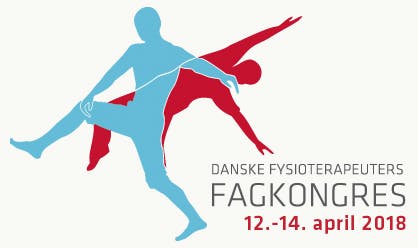How to use blood flow restricted exercise in clinical practice?

Blood flow restricted exercise has shown to increase muscle hypertrophy or strength early after surgery or disease. This training modality involves the application of a wrapping device such as an inflated tourniquet/cuff or a special designed strap to restrict the arterial inflow and venous outflow to muscles during exercise. This means, that the patient can perform strength training with much few loads than normal strength training. A wide range of patient groups with weight bearing restrictions or articular joint pain may benefit from blood flow restricted exercise.
-
Demonstration: How to apply blood flow restriction exercise
During his short demonstration, Jeremy Loenneke will cover important aspects such as the size of the cuff/elastic band, the pressure of the cuff/elastic band and safety aspects. -
Workshops: How to use blood flow restricted exercise in clinical practice
Blood flow restricted exercise will be performed in small groups, where the participants can experience the training modality at first hand. Any questions can be discussed in small groups. The workshop holders have many years of experience with blood flow restricted exercise, Esben Kjeldgaard Jensen, Jakob Fisker, Christina Ramos Stavngaard.
Speakers
- Dr. Jeremy Loenneke, assistant professor of Exercise Science, Department of Health, Exercise Science, and Recreation Management, The University of Mississippi, USA
- Esben Kjeldgaard Jensen, PT, MSc, At Work A/S, Frederiksberg, and FysioDanmark, Hillerød, Denmark
- Jakob Fisker, PT, Section for Orthopaedic & Sports Rehabilitation, Health Centre Nørrebro, Copenhagen
- Christina Ramos Stavngaard, PT, Academic advisor, Section for Orthopaedic & Sports Rehabilitation, Health Centre Nørrebro, Copenhagen
Moderators: Thomas Linding Jakobsen and Thomas Bandholm
